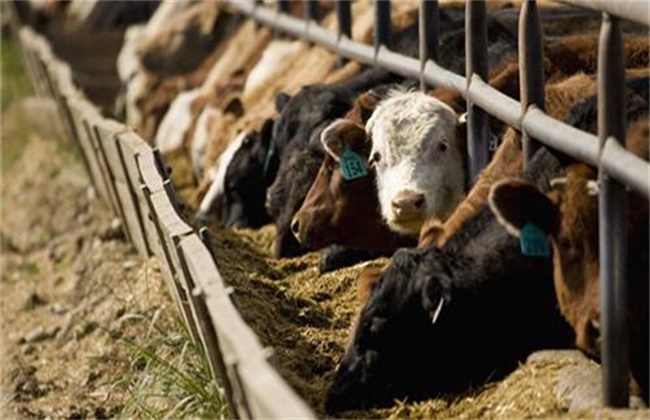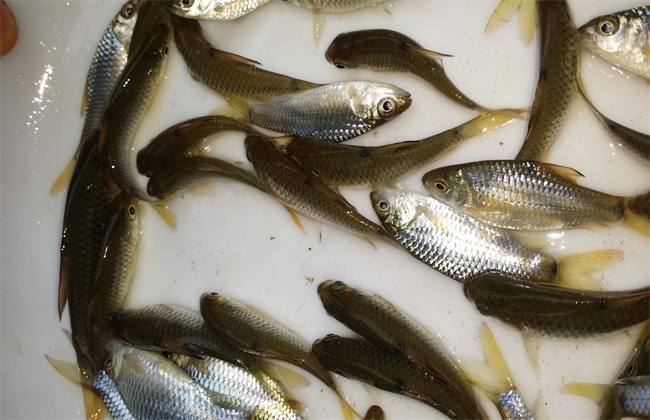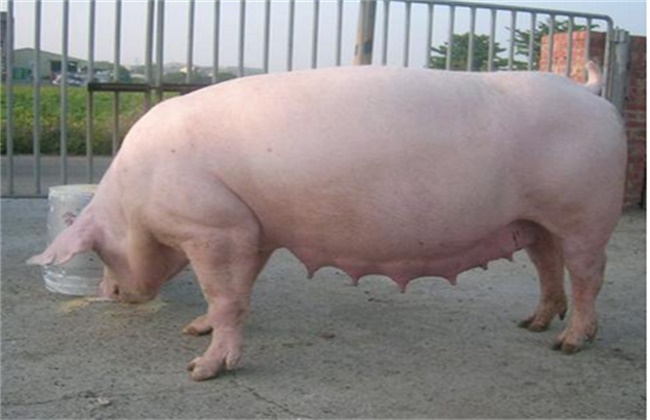How to solve the decrease of cattle feed intake in summer
After entering August, the temperature is getting higher and higher day by day. For cattle farmers, the biggest worry in summer is that the feed intake of cattle is decreasing day by day, resulting in slower growth rate and longer time out of the fence, undoubtedly causing economic losses. So how to deal with the decline in cattle intake in summer? Let's take a look.

1. Cowshed cooling
During the period of high temperature in summer, the temperature inside the barn is generally higher than that outside the barn, if the temperature exceeds 32 degrees, it will affect the normal feeding and rest of the cattle, so it is necessary to do a good job of cooling the barn. There are many ways to reduce the temperature of the barn, such as reducing breeding density, building sunshade nets, cooling equipment such as fans and water curtains, or strengthening ventilation, which can reduce the temperature of the barn, which can be chosen according to the actual situation.
2. Cattle body cooling
If the cooling of the barn is not ideal, it will lead to poor heat dissipation of the cow and lead to a rise in body temperature. if it is not treated in time, it is very easy to cause heatstroke. Therefore, the cow body can be sprayed or sprayed with water at high temperature at noon, which has achieved the effect of cooling and dissipating heat, but in order to avoid heat stress reaction in cattle, it is best not to use cold water, and it is appropriate to use normal temperature water. In addition, it is best to use spray cooling for pregnant cattle, young calves and sick cattle, and direct water spraying is prohibited.
3. Killing mosquitoes and flies
The large number of mosquitoes and flies in the cowshed in summer will also have a great impact on the feeding of cattle, so it is necessary to do a good job in killing mosquitoes and flies. It is suggested that the cowshed should be cleaned regularly and the excrement of cattle should be cleaned in time to reduce the breeding of mosquitoes and flies. In addition, spraying, mosquito-repellent incense, mosquito-killing lamps and other anti-mosquito feeding should be adopted to eliminate mosquitoes and flies.
4. Adjust feeding
The palatability of feed is closely related to the intake of cattle. In summer, the feed formula should be properly adjusted to reduce the amount of dry feed and increase the amount of green feed. At the same time, wet feed can also be used to improve feed palatability. At the same time, we should also adjust the feeding time, avoid the high temperature time as much as possible, and adjust the feeding time to before 5 o'clock in the morning and after 7 o'clock in the evening, when the climate is cool and the cattle have a good appetite.
The above is the introduction of how to solve the reduction of cattle intake in summer. I hope it can help you. If you want to know more about it, please follow us.
Related
- On the eggshell is a badge full of pride. British Poultry Egg Market and Consumer observation
- British study: 72% of Britons are willing to buy native eggs raised by insects
- Guidelines for friendly egg production revised the increase of space in chicken sheds can not be forced to change feathers and lay eggs.
- Risk of delay in customs clearance Australia suspends lobster exports to China
- Pig semen-the Vector of virus Transmission (4)
- Pig semen-the Vector of virus Transmission (3)
- Five common causes of difficult control of classical swine fever in clinic and their countermeasures
- Foot-and-mouth disease is the most effective way to prevent it!
- PED is the number one killer of piglets and has to be guarded against in autumn and winter.
- What is "yellow fat pig"? Have you ever heard the pig collector talk about "yellow fat pig"?



